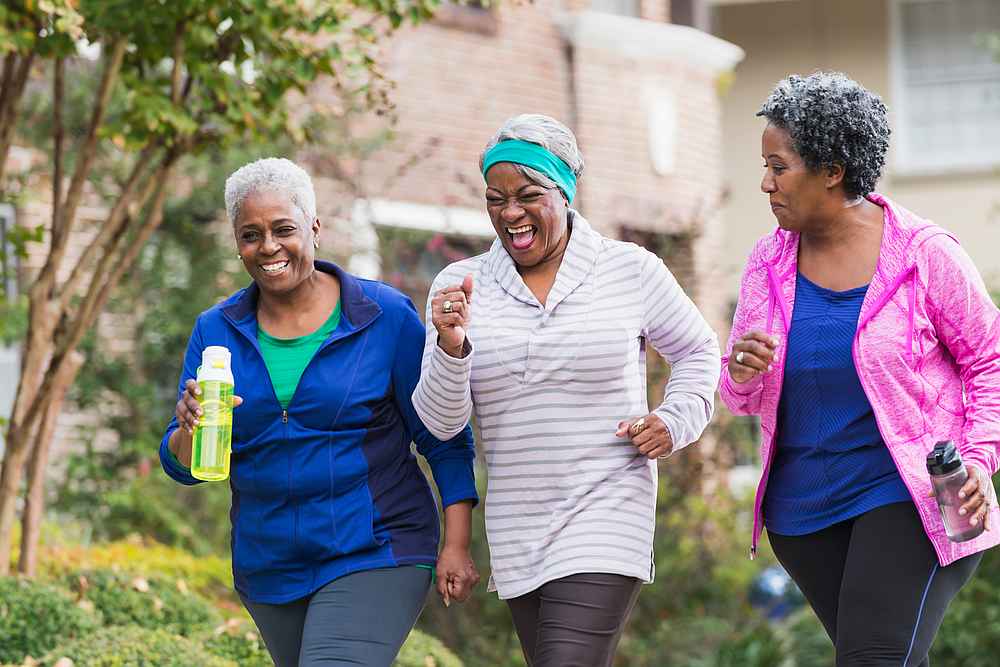PULLMAN, June 19 — New US research has found that if you want to live to a ripe old age, even making it to 100, then where you live might affect your chances.
Carried out by scientists at Washington State University's Elson S. Floyd College of Medicine, the new study looked at data on nearly 145,000 deceased adults who had lived in Washington State and died at age 75 or older.
The researchers analysed information on each person's age, sex, race, education level, marital status and where they lived at their time of death, which they then assessed for various factors including the area's walkability, levels of air pollution and amount of green space.
The findings, published in the International Journal of Environmental Research and Public Health, showed that those who had lived in highly walkable areas, and in areas where there was a diverse mix of ages, were more likely to live to their 100th birthday.
A further analysis also showed that living in an urban area or smaller town which has a higher socioeconomic status was also associated with a longer life.
Other factors linked with reaching centenarian age included being widowed, divorced, separated or never married, compared to being married, and being white or female.
“Our study adds to the growing body of evidence that social and environmental factors contribute significantly to longevity,” said study author Rajan Bhardwaj, who adds that previous research has estimated that genetics explain only around 20 to 35 percent of someone's chance of reaching centenarian age, meaning other factors are at play.
“We know from previous research that you can modify, through behavior, your susceptibility to different diseases based on your genetics,” added senior author Ofer Amram. In other words, living in an environment that boosts healthy aging could affect your genetic chance of living a long life.
“These findings indicate that mixed-age communities are very beneficial for everyone involved,” said Bhardwaj. “They also support the big push in growing urban centers toward making streets more walkable, which makes exercise more accessible to older adults and makes it easier for them to access medical care and grocery stores.” — AFP-Relaxnews






















